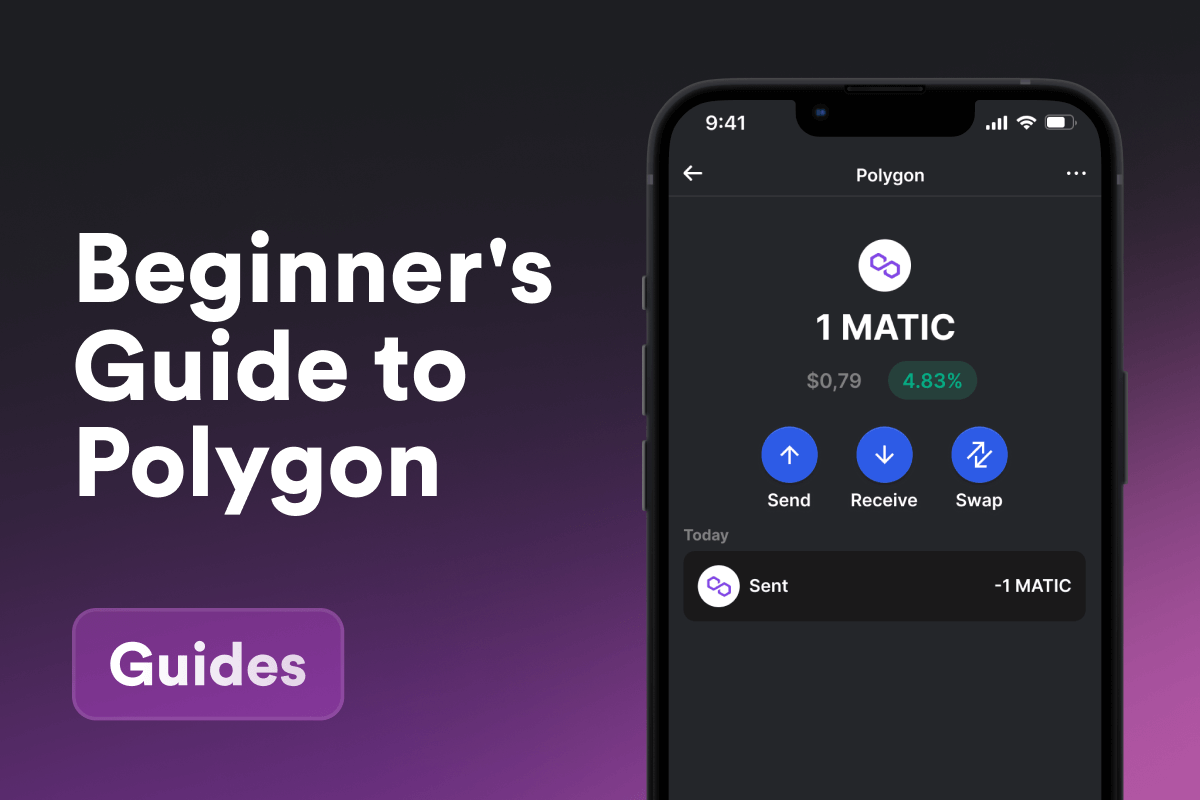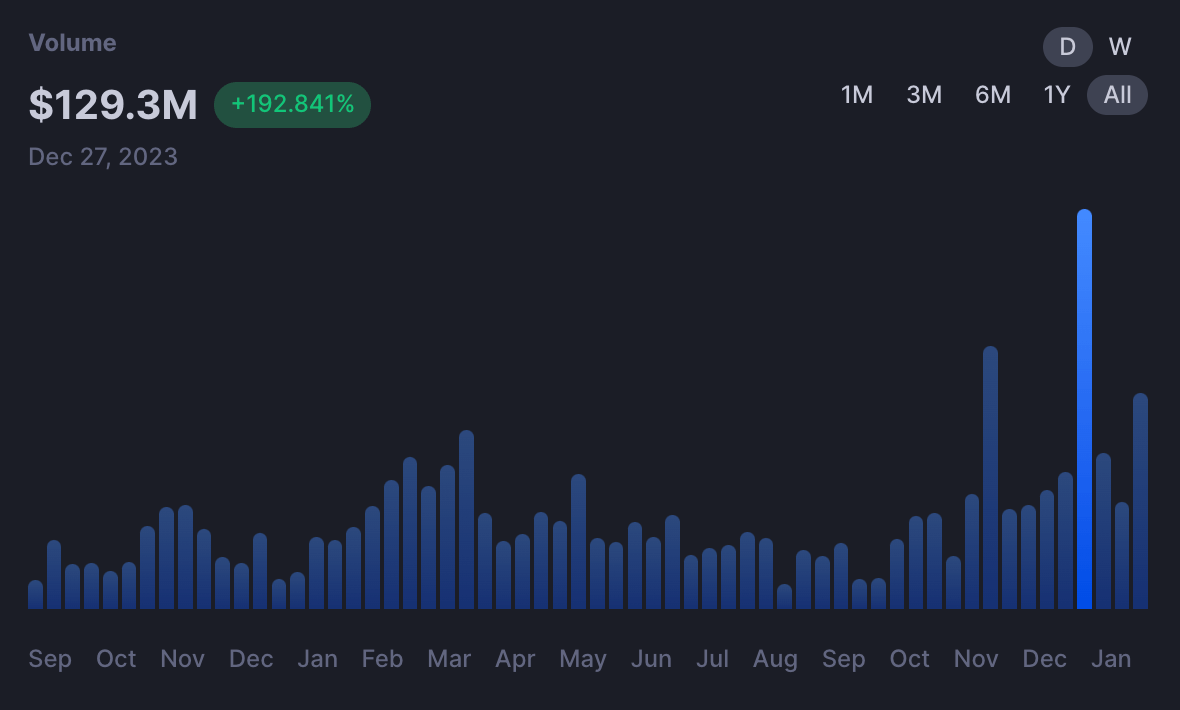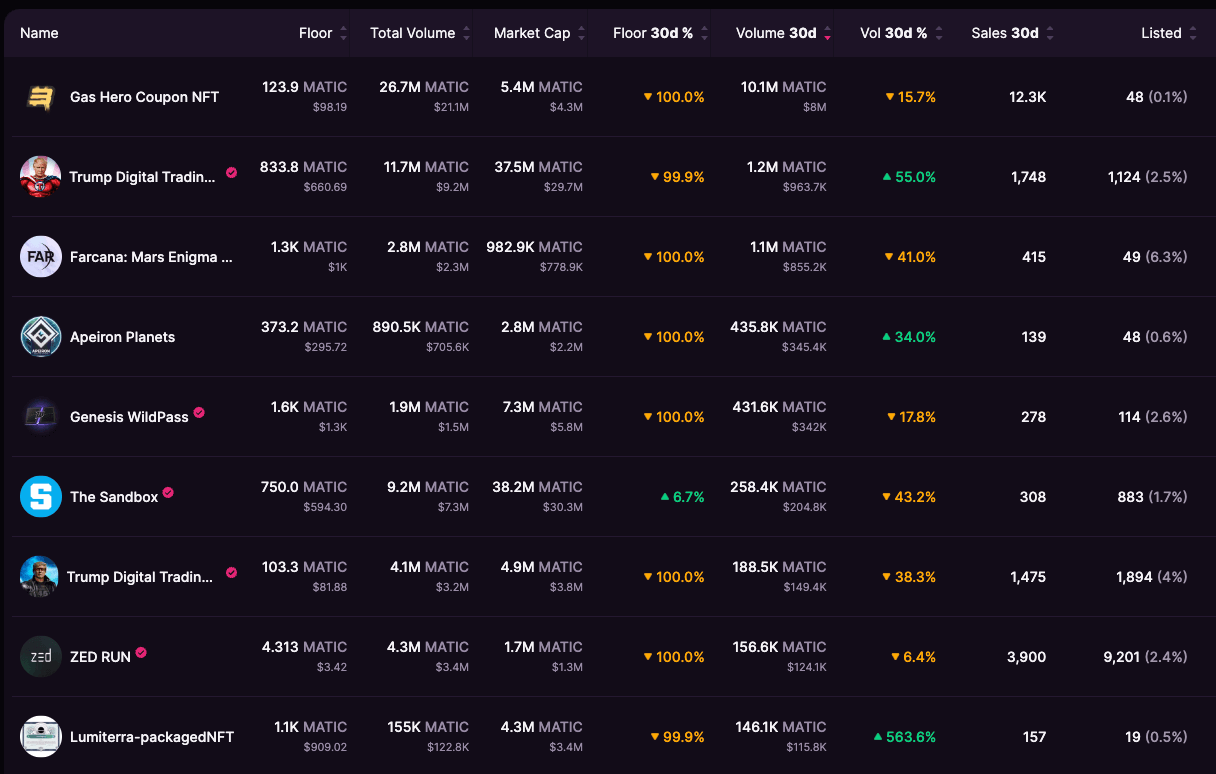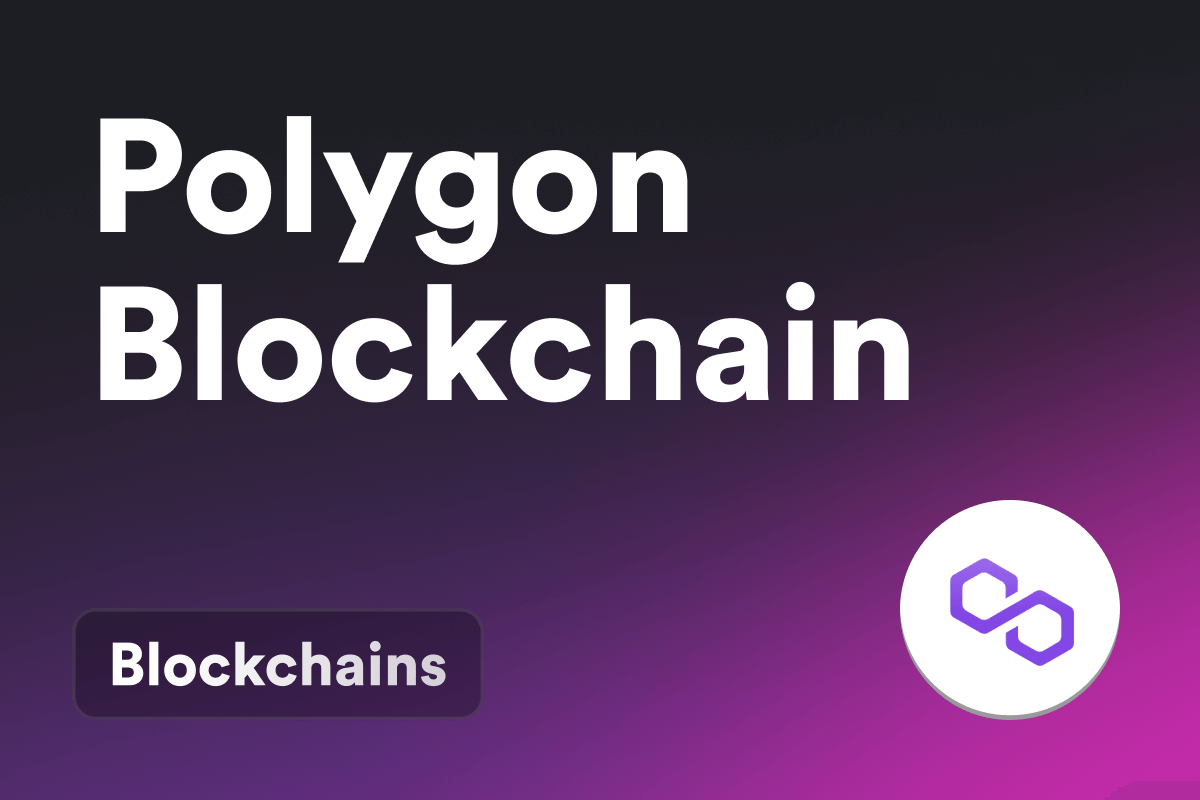
What Is Polygon Blockchain?
Polygon blockchain, especially with its Polygon 2.0 upgrade, is a dynamic Layer 2 scaling solution for Ethereum, offering enhanced user-centric features. It’s known for supporting a wide range of decentralized applications (DApps), including those in the realm of non-fungible tokens (NFTs) and decentralized finance (DeFi). Users can enjoy faster and cheaper transactions compared to Ethereum’s mainnet. The platform’s focus on interoperability allows for seamless interaction across various blockchain networks. With its user-friendly environment and robust community support, Polygon is particularly attractive for both developers and users looking to leverage blockchain technology for diverse applications.
Interested in learning more about Polygon and its evolution into Polygon 2.0? Read What Is The Polygon Blockchain explore further.
Brief History and Development
Polygon, initially established as Matic Network in 2017 by co-founders Jaynti Kanani, Sandeep Nailwal, and Anurag Arjun, was created to enhance Ethereum’s scalability. In 2021, it evolved into Polygon, broadening its scope to develop a versatile multi-chain ecosystem. Key developments include the launch of Polygon PoS, a proof of stake blockchain, and collaborations with significant projects like Aave and OpenSea. In June 2023, Polygon announced a major upgrade to Polygon 2.0, aiming to address blockchain scalability, security, and interoperability challenges. This upgrade introduced a multi-layered architecture, including Staking, Interop, Execution, and Proving layers, and marked the transition from MATIC to POL token, set to become the primary token of this enhanced ecosystem.
What You Need to Know About Polygon Ecosystem
Exploring the entire Polygon ecosystem can be a time-consuming endeavor, especially considering its vast scale. Just consider these impressive numbers: over 28,000 total contract creators, more than 1.17 million deployed smart contracts, and a staggering NFT sales volume exceeding 12.80 billion. To get a clearer picture, let’s focus on the key players and major directions within the Polygon ecosystem.
QuickSwap: Revolutionizing DeFi Trading on Polygon
QuickSwap is a decentralized exchange (DEX) that operates on the Polygon blockchain. It is essentially a fork of Uniswap, the popular Ethereum-based DEX, but with a key distinction: it leverages Polygon’s scalability and low transaction costs. This setup allows QuickSwap users to experience faster and more cost-effective trading of various cryptocurrencies. By utilizing the Ethereum Virtual Machine (EVM)-compatibility of Polygon, QuickSwap provides a seamless and efficient trading environment, making it a popular choice for users seeking to avoid the high gas fees and slower transaction speeds of the Ethereum mainnet. QuickSwap’s integration with Polygon significantly enhances the user experience in the DeFi space.
 QuickSwap trade volume. Source: QuickSwap
QuickSwap trade volume. Source: QuickSwap
Aavegotchi: NFT-DeFi Game on Polygon
Aavegotchi is a unique, blockchain-based game that combines elements of non-fungible tokens (NFTs) and decentralized finance (DeFi). In this game, players can purchase and interact with digital collectibles called “Aavegotchis,” which are ghost-like creatures staked with Aave’s aTokens, representing interest-generating DeFi products. This innovative blend of gaming and finance is built on the Polygon blockchain, leveraging its scalability and low transaction costs to enhance the user experience. The integration with Polygon not only provides Aavegotchi with efficient transaction processing but also significantly reduces the gas fees, making the game more accessible to a broader audience.
Polygon NFT
Polygon is recognized as a popular network for NFTs, ranking just behind leading blockchains such as Ethereum and Solana. Key players in the NFT industry, including major NFT marketplaces like OpenSea and Magic Eden, support NFTs on Polygon, contributing significantly to its further development as an NFT platform.
 TOP NFT collections on Polygon. Source: magiceden.io
TOP NFT collections on Polygon. Source: magiceden.io
Getting Started With Polygon Blockchain
Getting started with the Polygon blockchain is straightforward - just follow the recommendations below:
Setting Up an Polygon Wallet
Your first step in exploring the Polygon blockchain will be to install a suitable wallet. Gem Wallet is a self-custody open-source mobile wallet with full Polygon network support. A fast, secure, reliable, and user-friendly wallet will provide you with a comfortable introduction to all aspects of Polygon.
Acquiring POL
The second step will involve acquiring native tokens of the Polygon network. You will need them to pay transaction fees or execute smart contracts. You can receive tokens through transfers from friends or exchanges, win them in a contest, or simply buy POL tokens with a credit card directly within the app. This is a fast and secure way to get tokens to your address with just a few clicks.
Staking POL
The third step, after you have obtained tokens in your wallet, is to stake those tokens. This procedure not only allows you to earn passive income but is also critically important for the security and functionality of the entire Polygon network. Therefore, we recommend staking tokens that are simply sitting in your balance to support the Polygon blockchain. Plus, it’s safe and straightforward. Just select the staking section on the Polygon wallet page and follow the instructions.
